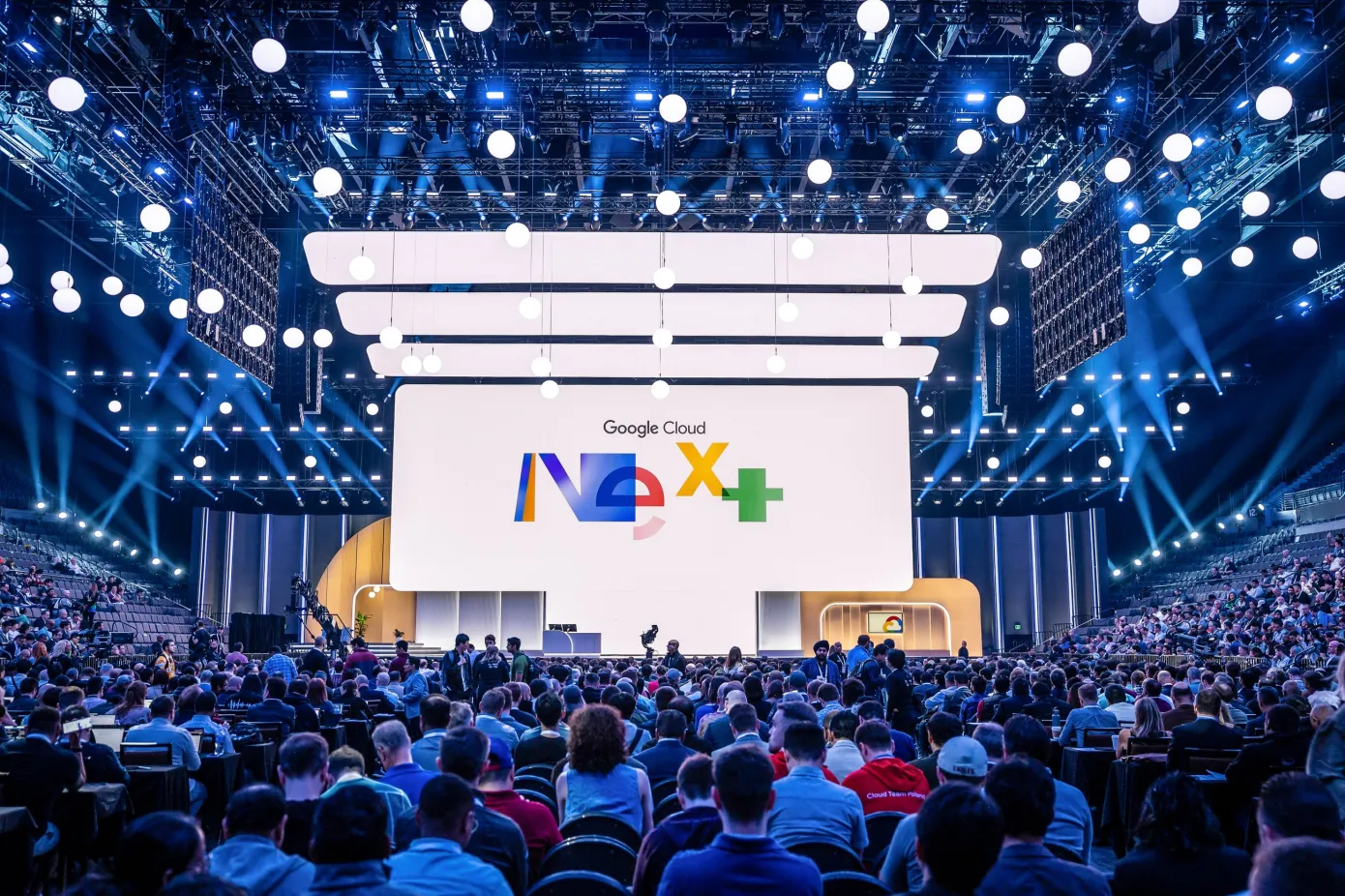This week in Las Vegas, 30,000 folks came together to hear the latest and greatest from Google Cloud. What they heard was all generative AI, all the time. Google Cloud is first and foremost a cloud infrastructure and platform vendor. If you didn’t know that, you might have missed it in the onslaught of AI news.
Not to minimize what Google had on display, but much like Salesforce last year at its New York City traveling road show, the company failed to give all but a passing nod to its core business — except in the context of generative AI, of course.
Google announced a slew of AI enhancements designed to help customers take advantage of the Gemini large language model (LLM) and improve productivity across the platform. It’s a worthy goal, of course, and throughout the main keynote on Day 1 and the Developer Keynote the following day, Google peppered the announcements with a healthy number of demos to illustrate the power of these solutions.
But many seemed a little too simplistic, even taking into account they needed to be squeezed into a keynote with a limited amount of time. They relied mostly on examples inside the Google ecosystem, when almost every company has much of their data in repositories outside of Google.
Some of the examples actually felt like they could have been done without AI. During an e-commerce demo, for example, the presenter called the vendor to complete an online transaction. It was designed to show off the communications capabilities of a sales bot, but in reality, the step could have been easily completed by the buyer on the website.
That’s not to say that generative AI doesn’t have some powerful use cases, whether creating code, analyzing a corpus of content and being able to query it, or being able to ask questions of the log data to understand why a website went down. What’s more, the task and role-based agents the company introduced to help individual developers, creative folks, employees and others, have the potential to take advantage of generative AI in tangible ways.

